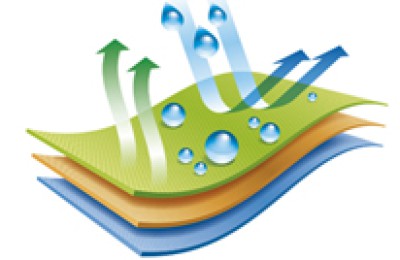Introduction
Due to the escalation of the conflict between the United States and Iran this week, oil prices rose sharply and pushed up the chemical sector. As a result, PTA futures spot prices recorded gains. However, as the situation eases, crude oil continues to fall and cost support weakens, causing PTA to return to the fundamental market again. Supply and demand will become the main driving factor of recent market trends.
In the first quarter, PTA has multiple equipment maintenance plans, but against the background of stable output of new production capacity, PTA maintenance is still difficult to alleviate incremental pressure. In January, 1.2 million tons of new production capacity of Zhongtai Petrochemical and 2.5 million tons of Hengli Petrochemical Phase IV were put into operation. It is estimated that the marginal increase brought by the new production capacity in January will exceed 100,000 tons. If output is stable, the monthly marginal increase will be The volume will exceed 250,000 tons.
Table 1 Recent PTA device maintenance plan
On the currently announced device maintenance According to the plan, the maintenance capacity in the first quarter is 5.95 million tons, 5 million tons and 3.6 million tons respectively (including long-stop equipment). The losses reached 270,000 tons, 260,000 tons and 210,000 tons respectively. It can be seen that even if multiple sets of equipment are overhauled, it is still difficult to offset the incremental pressure brought by new supply. According to statistics, PTA output exceeded 4 million tons in December, reaching a record high. Against the background of stable output from new production capacity, PTA output in the first quarter is expected to exceed 12 million tons, a year-on-year increase of 11.88%.
The large-scale shutdown of polyester production in the first quarter will further increase the pressure on PTA supply and demand. In previous years, the first quarter coincides with the Spring Festival holiday, and polyester factories will enter centralized maintenance. As of now, the polyester industry’s start-up has dropped to 78.36%, and there are still nearly 4.8 million tons of polyester devices that have not yet implemented their maintenance plans. It is expected that the polyester start-up is expected to drop to around 70% in January. The low point will appear in late January, and polyester factories will enter the resumption stage in early February. However, terminal demand still depends on the weaving start-up rate. Historically, the loom start-up rate will gradually pick up in late February.
Based on the current maintenance and production schedule announced by the market, PTA will enter a cycle of substantial inventory accumulation in the first quarter. Inventory pressure will inevitably bring about a decline in price levels and a tilt in profits. Since the current processing fee level has reached the profit and loss level of most factories, if profits fall again, it may lead to a new round of centralized maintenance of PTA equipment to ease the supply and demand pressure brought about in the first quarter.
Table 2 PTA supply and demand balance sheet for the first quarter
Unit: 10,000 tons
In summary, the currently announced PTA maintenance plan is not perfect. According to the current maintenance companies, the risk of PTA accumulation is high, and the supply-side pressure needs to be proactively reduced by PTA factories. To digest the negative impact and increase in demand, it may be necessary for both parties to cooperate to further ease the pressure on inventory to avoid the risk of price fall caused by inventory. </p







